Blog>Expert Advice>Buying an oven and hob: Everything you need to know
Last updated: 27 September 2024
Buying an oven and hob: Everything you need to know
With so many types of oven available, it can be hard to know where to start when buying a new oven. Here, we share all you need to know about buying an oven (and hob) so you can confidently make the best choice for your home.
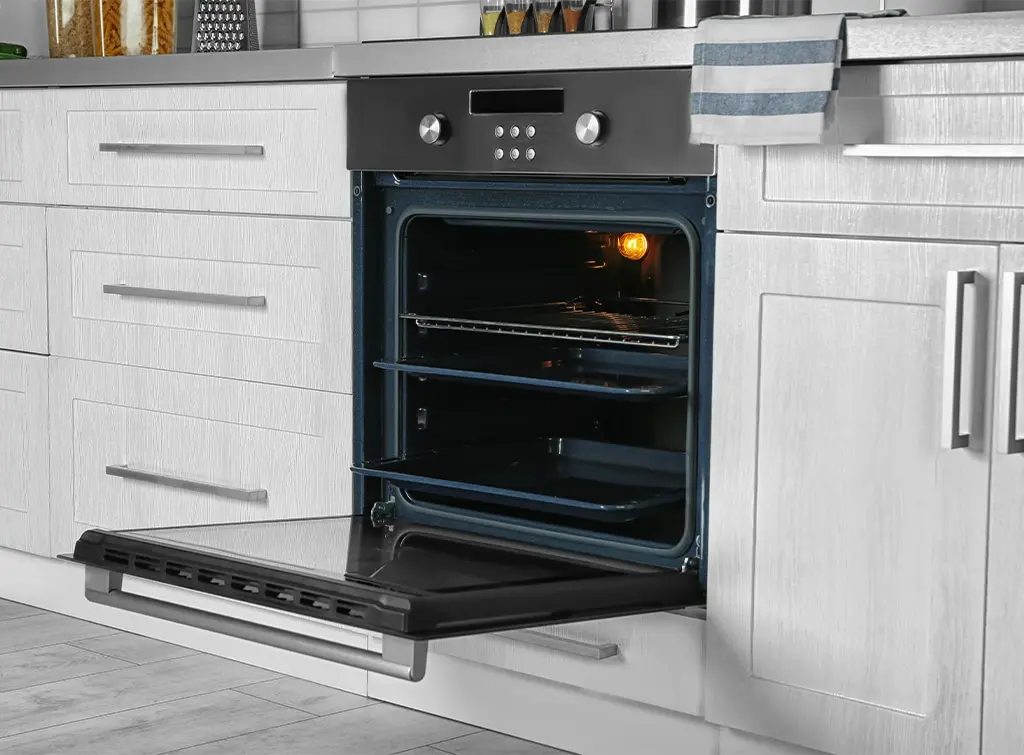
When it comes to buying an oven and hob, it's essential to consider more than just looks and size.
Whether you're buying a new oven to replace an older model or choosing appliances as part of a kitchen renovation, we've got you covered.
We explain the different oven types, how to choose the best oven for your home, and what to look for among the various hob types.
See the tradespeople we've checked and recommend for your job
Types of oven
First of all, let's explain the different oven types.
As well as the option for gas or electric, there are also built-in, built-under, single, and double oven varieties. Let's break this all down...
Gas ovens
If you prefer traditional cooking methods, with precise control over temperature, you might be tempted by a gas oven. Gas ovens are popular with keen bakers, as they tend to create a moist cooking environment - great for perfecting bread and cakes.
Drawbacks: Some people find that gas ovens don't heat as evenly as electric ovens and the food therefore needs to be rotated during cooking. They are also trickier to clean than their electric counterparts.
Need to know:
Gas ovens need a live gas supply within 1.5m of the appliance location
Those appliances with ignition systems and timers need a 13 amp electrical supply
By law, a gas oven can only be installed by a registered Gas Safe engineer
Electric ovens
Electric ovens are one of the most popular types of oven, especially with landlords. They provide consistent, even heat, making them more reliable for larger meals. Models with pyrolytic or steam cleaning functions are super easy to clean too.
Drawbacks: Electric ovens can take a little longer to preheat and typically consume more energy, so they can be more expensive to run than a gas oven.
Need to know:
Electric ovens need a suitable electrical connection within 1.5m of the appliance location
Models that use more than 3KW will need a 32amp outlet
Models that use less than 2.99KW are ok with a 13amp outlet
It's always best to hire a qualified electrician to install an electric oven
Built-in single ovens
Built-in single ovens are ideal for more compact kitchens or in households with limited cooking needs.
They have one cavity that serves as both an oven and a grill and can be fitted either beneath a hob or within cabinetry at eye level.
Dimensions: 60cm (W) x 60cm (H).
Built-in double ovens
Built-in double ovens are great for keen cooks and larger households, with the versatility to grill in one oven while baking or roasting in another.
They have two separate cavities, typically positioned at eye level, so you can cook multiple dishes at different temperatures, just like a pro.
Dimensions: 60cm (W) x 90cm (H).
Built-under double ovens
Built-under double ovens still offer the flexibility of cooking multiple dishes at the same time. However, with a main oven and grill underneath a hob or worktop, the cavity is slightly smaller than that of a built-in variety.
However, depending on your requirements, this might be an acceptable trade-off for an oven that fits neatly under a counter.
Dimensions: 60cm (W) x 60cm (H).
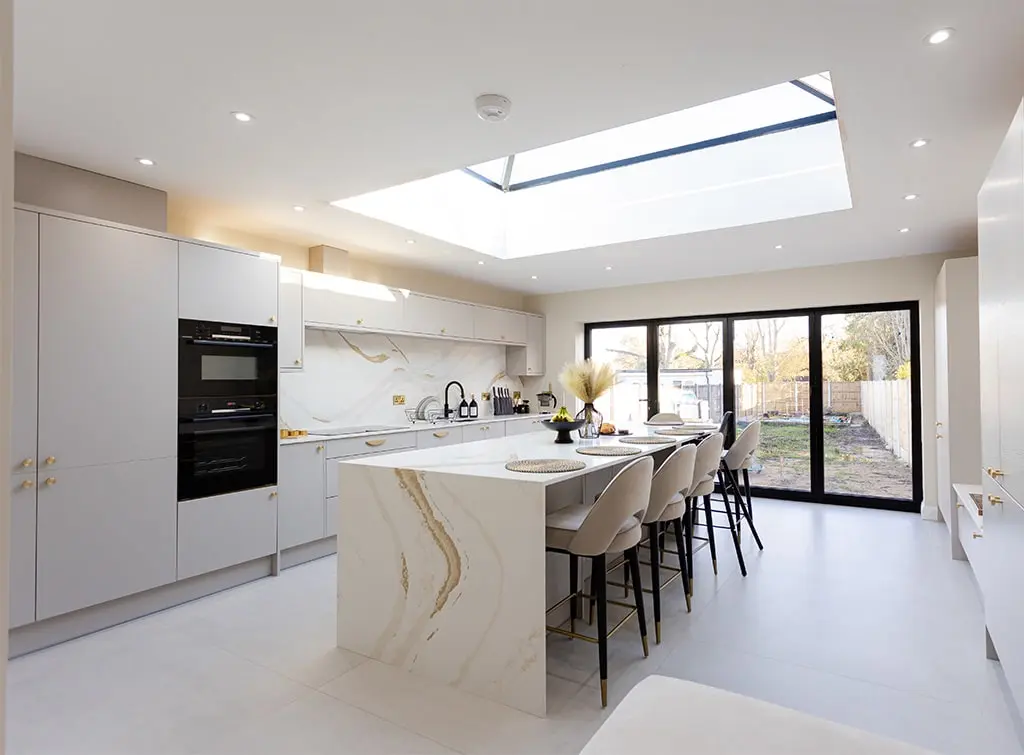
Features to consider when buying an oven
As you edge closer to selecting the best oven for your needs, consider these features and specifications against what's important to you and your needs.
Energy efficiency: All appliances are rated A-G for their energy efficiency. 'A' is the most energy-efficient, meaning it'll use less power, which will save you money on your energy bills
Self-cleaning options: There are several different types of self-clean and easy-clean ovens. Some use steam cleaning to soften the dirt so it can be easily wiped off, whereas others use pyrolytic cleaning to burn food residue off under high temperatures
Convection cooking: This oven feature helps the heat to distribute evenly, which is ideal for roasting and baking
Steam cooking: Perfect for bread and pastries, this feature keeps food moist inside and crispy outside
Size: Don't assume all ovens have the same capacity. Built-in double ovens typically have a larger capacity than a built-under oven, so measure up and make sure it offers what you need
Space: While you've got the measuring tape out, make a note of the height, width, and depth of the available space for your oven. If you're having a gas hob, ensure there's 75cm of space above your hob; an electric hob will need 65cm
Slide-away doors: The ability to slide the oven door underneath the main oven cavity is a handy feature if space is tight in the kitchen
Food sensors: Being able to measure the core temperature of the centre of your dish during cooking will help to achieve perfect results every time
Smart controls: Ideal for busy households, offering convenience and greater energy efficiency, smart ovens can be controlled remotely for pre-heating, recipe suggestions, and temperature monitoring

What to look for in a hob?
While choosing an oven, you may also be in the market for a new hob. Here's a quick hob buying guide to help you compare the best hob type for your needs.
The main hob types are gas, ceramic, and induction hobs. Let's take a look at the key differences and which is best...
Gas hobs
Instant heat with a visible flame, giving you immediate control over the temperature
Precision control over the temperature is useful for more delicate cooking techniques such as simmering or searing
Durability is another bonus - gas hobs are long-lasting and any repairs (when needed) tend to be affordable
Versatility - being able to use almost any type of cookware, unlike induction hobs, which require specific magnetic-based pots and pans
Drawbacks: Gas hobs are more difficult to clean and they are less energy-efficient than induction hobs.
If you opt for a gas hob, select a model with a built-in flame failure safety device, which cuts off the gas supply if the flame goes out.
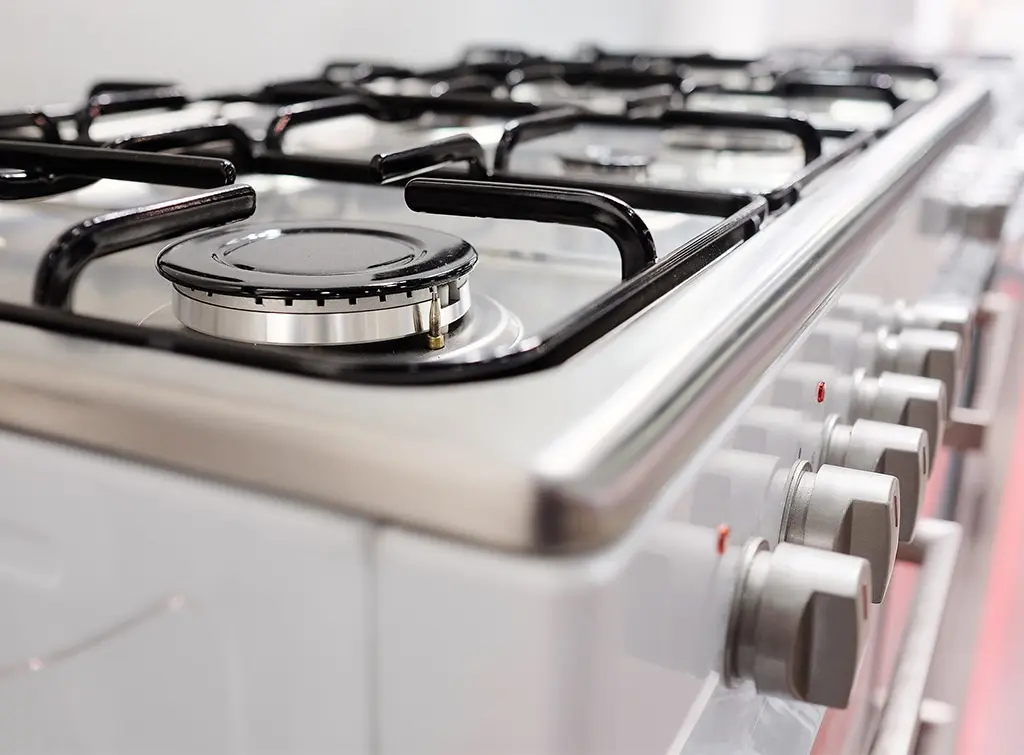
Ceramic and induction hobs
The main difference between a ceramic hob and an induction hob is the price.
Induction hobs
Induction hobs are typically more expensive and require induction-compatible cookware. However, they heat the pots and pans directly making them the most energy-efficient hob available.
Induction hobs heat up quickly using electromagnets and are safe to touch as the pan heats up rather than the surface of the hob.
Ceramic hobs
Ceramic hobs, on the other hand, are more affordable than induction hobs, are compatible with all cookware, and have a similar, sleek design.
They do take longer to heat up and cool down than induction hobs, as they use electric heating elements beneath a smooth glass surface. They are not as energy-efficient and do stay hot after use, posing a burn risk if it's touched before it cools down fully.
What's the best electric hob?
Choosing the best electric hob will depend on your cooking habits, budget, and preferences for speed, energy efficiency, and cookware compatibility.
If speed, energy efficiency, precision, and safety are high on your agenda, you won't go wrong with an induction hob.
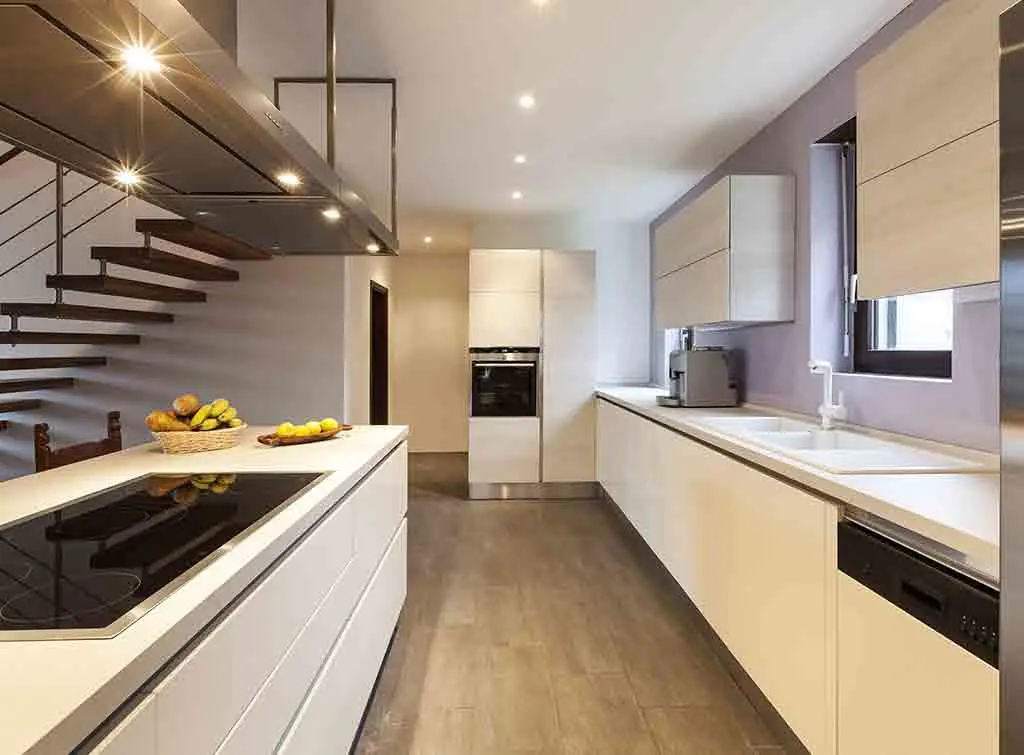
What are the best oven brands?
With all this knowledge under your belt, it's time to compare some of the popular brands available. These include:
Contact or pay a trade through Checkatrade and you’re covered by our 12-month guarantee of up to £1,000*

How much does it cost to buy and install an oven?
When buying a new oven, the cost will vary depending on the brand you choose and its specifications. As a rough guide, expect to pay in the region of:
£130 - £1,800for an electric oven
£200 - £1,000for a gas oven
Installation costs will vary based on whether it's a 'like-for-like' replacement or replacing a built-in unit. On average:
Replacing 'like-for-like' costs around £275
Replacing a built-in unit costs around £300
Additional costs to be aware of include cooker hood installation, disposing of your old appliance (if applicable), and upgrading your cable and switch if your new oven has higher power demands.
Read more about the costs involved in our oven installation cost guide.
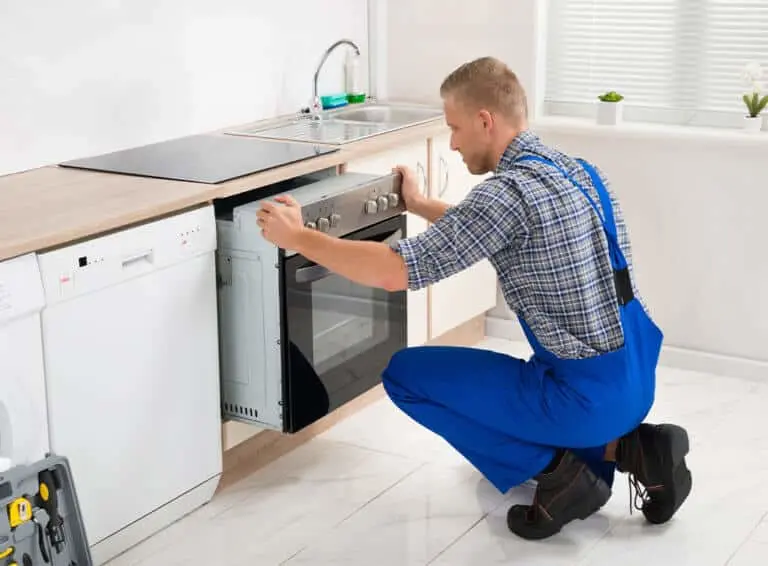
Are you planning a kitchen renovation?
If you're in the depths of kitchen renovation planning, let us help you find quality, reliable trades to create your dream space.
Whether you need a plumber, builder, kitchen designer, or carpenter, we check and approve all our tradespeople, so you can be confident in your choice of hire.
Find reputable trades in your local area using our leading directory.
See the tradespeople we've checked and recommend for your job
Key takeaways
When buying an oven, homeowners look to compare cost, energy efficiency, and capacity alongside specific features such as self-cleaning, slide-away doors, and smart controls
Ovens range in price from £130 - £1,800for an electric oven and between £200 - £1,000for a gas oven
Installation costs sit around £275 for a 'like-for-like' replacement and £300for built-in oven installation
Always contact a registered Gas Safe engineer to fit your new gas oven or a qualified electrician to fit your new electric oven
FAQs
How do I know what oven to buy?
This depends on your cooking habits, kitchen space and layout, and the features and specifications that are important to you. Think about the size (capacity), features such as self-cleaning or smart controls, and whether you need a single or double oven.
What to consider when buying an oven?
Consider the oven's fuel type (gas or electric), size, capacity, energy rating, and additional features. Make a wishlist and research the options against your available budget - and don't forget to factor in installation costs.
How do I choose the right oven?
Start by determining your home's fuel supply (gas or electric). Then consider your cooking needs - if you cook for lots of people and have multiple dishes on the go at once, a double oven is ideal. Then think about the extra features that are important to you. For many homeowners, saving time with a self-cleaning oven is a real bonus!
How do I choose a good hob?
This depends on whether you prefer gas or electric. Gas hobs allow you to control the temperature immediately by adjusting the flame, however, induction hobs are the most energy efficient as well as being quick to heat up and cool down - and safe to touch.
What is the most energy-efficient hob in the UK?
Induction hobs are the most energy-efficient hob option in the UK as they heat the pots and pans directly. However, they can only be used with compatible cookware.
See the tradespeople we've checked and recommend for your job


